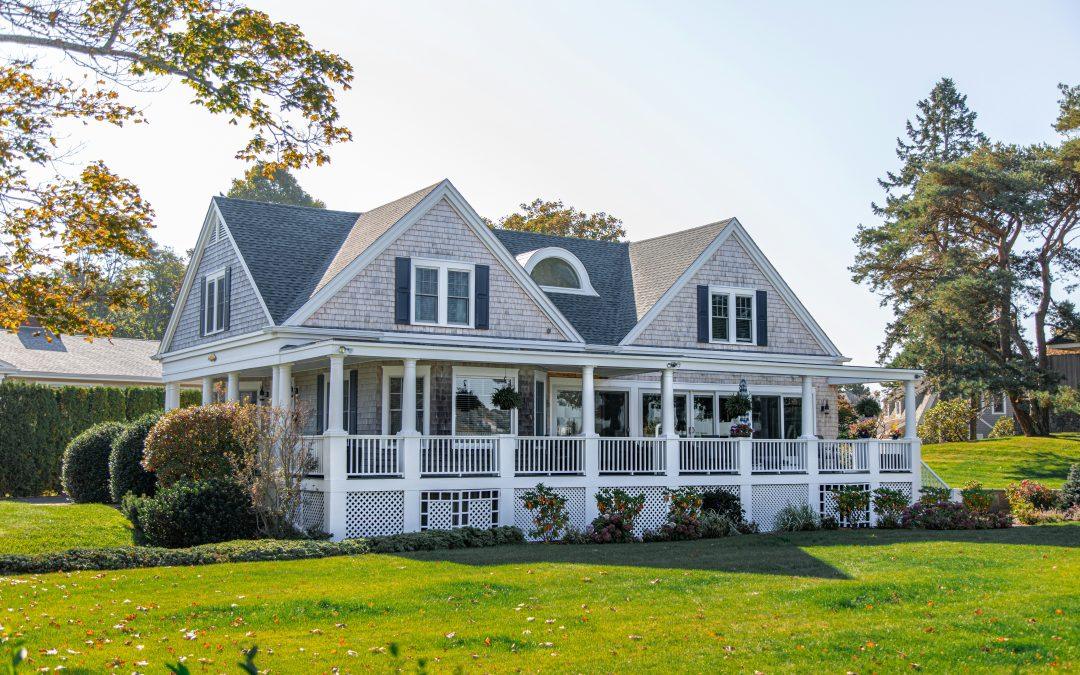Many historic or pre-1970s houses were built before central heating and cooling became standard, which means they either have outdated systems or none at all.
Homeowners who want better comfort, cleaner air, and energy efficiency often wonder: Is it possible to install ductwork in an old home? And is it worth the investment?
The short answer is yes, but installing ductwork in an old home presents unique challenges, higher costs, and requires specialized expertise.
In this guide, we’ll break down why older homes often lack ductwork, the challenges of retrofitting, the average costs, and whether duct modification or replacement makes the most sense.
Challenges of Installing Ductwork in Old Homes
Installing ductwork in a new home is usually straightforward because the design already accounts for hidden chases, open basements, or attics that allow for easy routing.
In contrast, retrofitting ductwork into an older home can feel like solving a puzzle, with several unique challenges that drive up costs and complexity.
Structural Limitations
Older homes often feature solid plaster walls, narrow floor joists, or limited access to the crawlspace. These structural features make it difficult to run ductwork without cutting into walls or ceilings, which can impact the home’s character. Unlike newer builds, where HVAC systems are part of the design, retrofits must work around existing architecture.
Space Constraints
In many older homes, there simply isn’t enough space for full-size ducts. Attics may be too shallow, and basements may have low ceilings or exposed beams that complicate the installation process. This is where high-velocity small-duct systems or customized modifications can make a difference. Companies like TIES360 specialize in ducting modifications, ensuring air flows efficiently even in cramped conditions.
Potential Hazards
Many older homes still contain outdated insulation or hazardous materials, such as asbestos. Before any ductwork can be installed, these issues must be addressed to protect the safety of the home’s occupants. Professional contractors know how to test for and work around these challenges without causing unnecessary disruption.
Preserving Aesthetics
Retrofitting ducts into a century-old home raises another challenge: maintaining its historical charm. Exposed ducts or large vent openings can clash with period-specific details. Contractors carefully plan ducting routes to ensure they blend into the design while delivering modern comfort.
Higher Costs Due to Complexity
All of these challenges, limited space, hidden hazards, and structural barriers, make retrofitting more expensive than installing ductwork in new construction. However, with careful planning and expert solutions, homeowners can enjoy modern heating and cooling systems without compromising the integrity of their historic homes.
Costs of Installing Ductwork in an Old House
Adding ductwork to an older home is often more expensive than installing it in a newly built property. That’s because the contractor must work around walls, ceilings, and spaces that weren’t designed for modern HVAC systems. However, it is still a worthwhile investment for many homeowners.
Average Installation Costs
Duct modification costs largely depend on the age of your home, its size, and the complexity of the duct layout. For larger or more complex homes, the price can be steep, especially if extensive modifications are needed. These costs usually include:
- Duct design and layout planning
- Material costs (flex ducts, sheet metal ducts, insulation, vents, and registers)
- Labor and installation
- Sealing, testing, and balancing the system for efficiency
Since retrofits are not “one-size-fits-all,” the final price depends on how much custom work is required. That’s why many homeowners turn to TIES360, who specialize in evaluating older homes and creating tailored ductwork solutions that fit both the budget and the structure.
The easiest way to know the exact cost of your ducting modifications or installations is to schedule an inspection. If you are in Southwest Florida, you can contact TIES360 to schedule an inspection and get a thorough and accurate quote.
Factors That Affect Ductwork Installation Pricing
Several key elements influence the overall cost of ductwork installation in an older home:
- Size of the home: Larger homes require more ducts and vents, which increases labor and materials costs.
- Accessibility: Tight crawlspaces, shallow attics, or finished basements can add time and labor costs.
- Material choice: Rigid metal ducts tend to be more expensive than flexible ducting but offer greater durability and efficiency.
- Modifications such as cutting into walls, adding soffits, or rerouting around structural barriers can increase costs.
- Insulation needs: In older homes, ducts often require additional insulation to meet modern energy standards.
Contractors like TIES360 carefully assess these factors, providing a detailed breakdown so homeowners know exactly where their money is going.
Adding Ductwork to Attics, Basements, or Two-Story Homes
Where the ductwork is installed plays a major role in pricing and complexity:
- Attics: Running ducts in attics is common, but older attics may lack proper insulation or have limited headroom, which increases installation time.
- Basements: In finished basements, contractors must work carefully to conceal ducting behind ceilings or walls. Unfinished basements offer more flexibility but may still require creative routing.
- Two-story homes: Multi-level houses often require vertical chases to carry ducts between floors. In some cases, high-velocity small-duct systems are a more practical option.
Ductwork Repair vs. Ducting Replacement: Which Is Best for Older Homes?
When it comes to ductwork in older homes, homeowners often face a critical decision: whether to repair the existing ducts or invest in a full replacement. The answer depends on the system’s condition, the extent of the damage, and long-term efficiency goals.
When Ductwork Repair Makes Sense
If the duct system is mostly intact, repairing it can be a cost-effective option. Here are some signs you need ductwork repair in Sarasota.
- Minor air leaks or disconnected joints that can be sealed with mastic or specialized tape.
- Loose or crushed sections of ductwork that can be repositioned or replaced in part.
- Blockages caused by dust, debris, or pests that can be cleared during cleaning.
In these cases, repair typically costs far less than replacement and can restore airflow quickly. While replacement is a larger upfront expense, it may be the smarter choice if the existing ducts are poorly designed, leak heavily, or are made from outdated materials. Contractors like TIES360 provide honest inspections and cost comparisons, helping homeowners decide whether repairing or replacing will deliver better long-term value.
FAQs
Can you add ductwork to an old house?
Yes, you can add ductwork to an old house, but it requires careful planning and modifications since older homes weren’t designed for central HVAC systems. Professional contractors like TIES360 specialize in ducting modifications in Sarasota and surrounding neighborhoods, making it possible to add efficient ductwork without damaging the home’s structure.
Can you install an HVAC system in an old house?
Absolutely. Installing a modern HVAC system in an old house is possible, although it may require adding ductwork or selecting alternative solutions, such as high-velocity systems or ductless mini-splits.
How hard is it to add ductwork to a house?
The difficulty depends on the home’s design. In older houses with tight attics, crawl spaces, or finished walls, adding ductwork can be a challenging and labor-intensive task. However, with the right expertise, it can be done.
Is it worth installing ductwork?
Yes, installing ductwork is often worth it for homeowners who want consistent comfort, lower energy bills, and improved indoor air quality. While the upfront cost can be significant, properly designed ductwork pays off in the long term through increased efficiency.
Wrapping Up
Installing or upgrading ductwork in an older home can feel overwhelming, but it’s absolutely possible with the right expertise. While retrofitting comes with challenges like structural limitations, higher costs, and the need to preserve your home’s character, modern solutions make it easier than ever to enjoy the comfort of efficient heating and cooling.
If your home is struggling with poor airflow, high energy bills, or outdated ductwork, don’t wait. Contact TIES360 today to schedule an inspection and discover how their team can design a system tailored to your home’s needs and budget, without compromising its structure or style.

